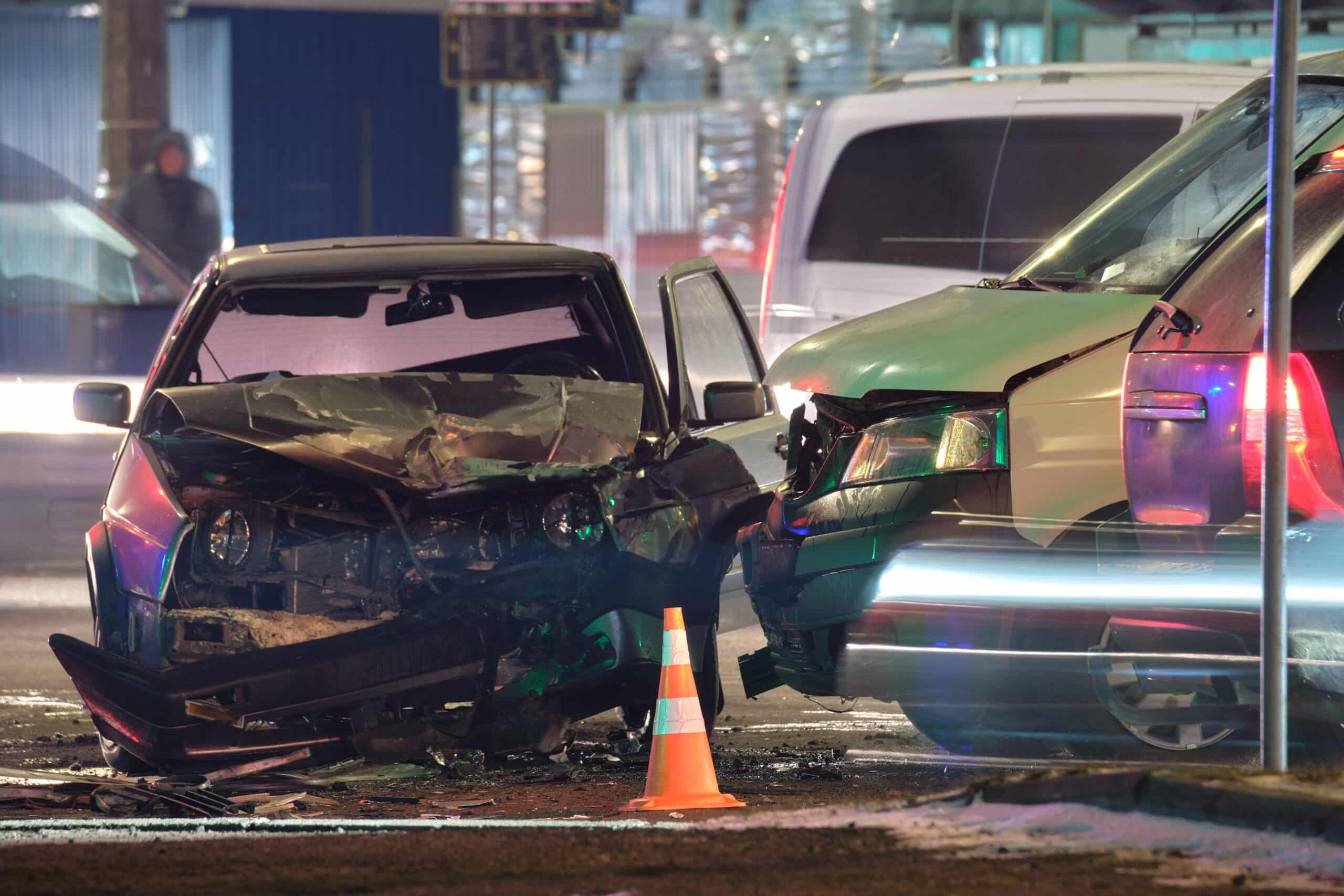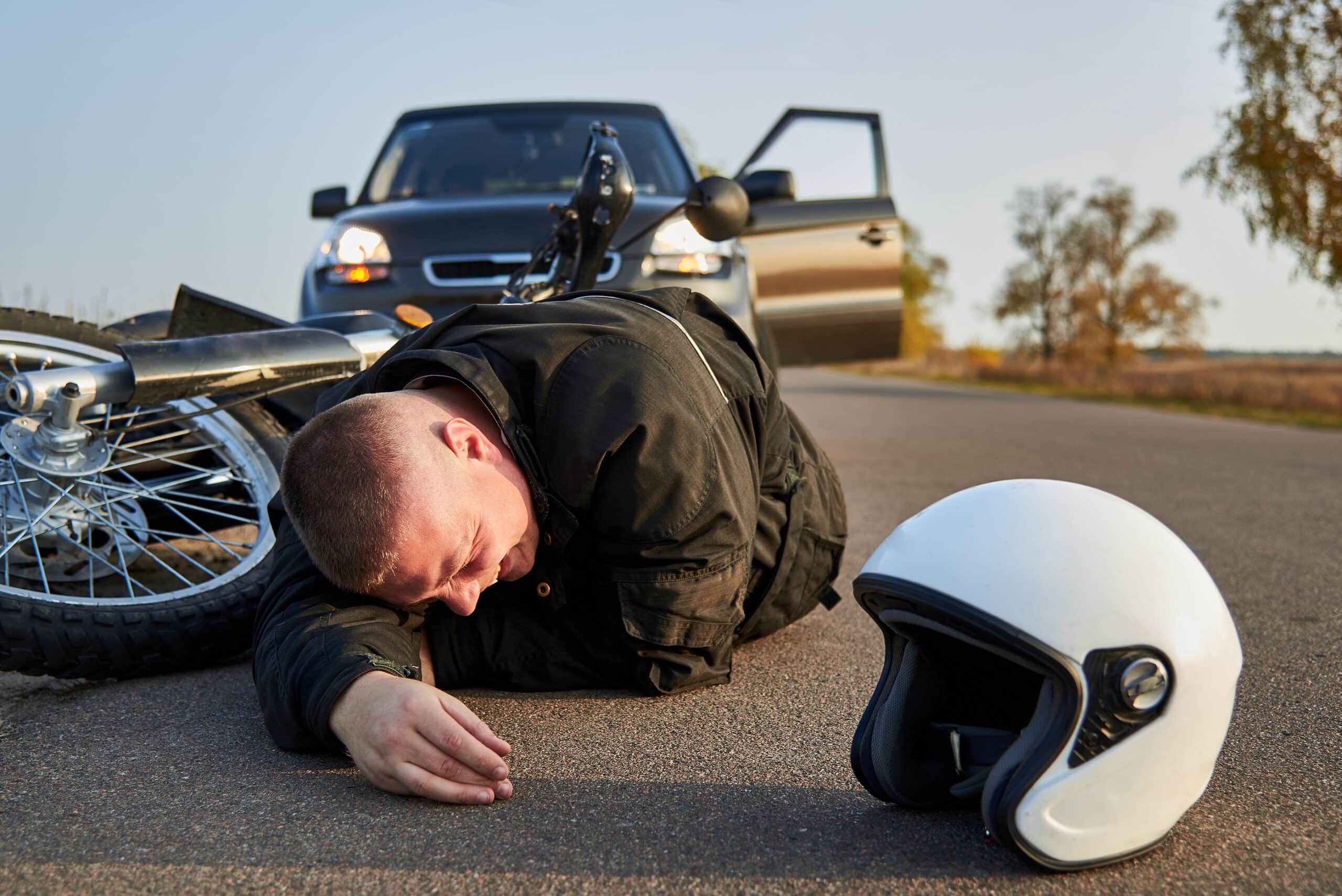Is a Bicycle Considered a Vehicle in California?
In California, a bicycle is not considered a vehicle where traffic rules and regulations are concerned. However, most of the traffic laws that govern vehicles also govern bicycles. Cyclists are considered to have the same rights as drivers to use the highways, but the intricacies surrounding specific rights and responsibilities can be confusing.
If you’re a cyclist in Fresno, it’s essential to understand how the laws work and apply to your case if you get injured while cycling. Personal injury lawyers in Fresno can evaluate your case and help you pursue justice to protect your rights.
What is the New Intersection Walk Sign Rules for California Cyclists?
California has approved Assembly Bill No. 1909, which will take effect in 2024, giving bicyclists a head start on crossing some intersections. They will have the same benefit of a “walk” sign as pedestrians, allowing cyclists to follow pedestrians in proceeding on a red light when a “walk” signal flashes. The law is hoped to help reduce bicycle vs. car crashes.
Timing Patterns for Pedestrians and Cyclists at Crosswalks
The new concept is known as Leading Pedestrian Interval (LPI) and will help cyclists cross with the permission of a “walking person” sign. Assembly Bill 2264 involving LPI was approved in 2022, requiring new crosswalks and traffic signals owned by the state to have different programming.
The new design gives pedestrians three to seven seconds of lead time after the walk sign flashes before motorists get a green light. Existing traffic signals can be upgraded or reprogrammed to accommodate the change.
Fresno bicycle accident lawyers explain that the lead time allows pedestrians to cross dangerous intersections before drivers start moving to avoid accidents. Pedestrians can be further out in the crosswalk when drivers turn right or left after the light turns green. The positioning of the cyclists and pedestrians would also make it easier for drivers to spot them, preventing crashes.
Drivers Must Change Lanes for Bicyclists
In addition to the LPI rule, California recently imposed AB 1909, a law requiring drivers to change lanes for bicyclists, which aims to create a “safety buffer.” Previously, the state required drivers to stay at least three feet away from bicyclists when passing them on the road. The new law requires motorists to change lanes, if possible.
The aim is to create extra space between vehicles and any bicycles on the roadway, which reduces conflict points and mitigates the risk of near misses or crashes. Even if motorists make mistakes, the safety buffer is wider and reduces the chances of serious injury.
If you sustained injuries in a bike accident, in Fresno, CA, bicycle accident attorneys can investigate the cause and help you file a compensation claim upon establishing liability. However, legislators believe that the law increases the sense of safety for bicyclists.
AB 1909 and Electric Bikes
AB 1909 also affects electric bikes, specifically class 3 e-bikes. These are pedal-assisted bicycles with an electric motor and equipped with a speedometer. You must be 16 years and older to ride a Class 3 e-bike, which ceases to assist once it reaches 28 mph. The bikes differ from Class 1 and Class 2 e-bikes in the following ways:
- Class 1: Pedal assisted and ceases to assist when it reaches 20 mph
- Class 2: Throttle-assisted with an electric motor but stops assisting once it reaches 20 mph
Under the law, Class 3 e-bikes can use approved bicycle paths and trails unless local jurisdictions place limitations. Under the law, bicyclists will likely be safer but not entirely out of harm’s way. If a car collides with you and you sustain injuries, consult personal injury lawyers in Fresno for legal guidance and representation.
What Other Bicycle Laws Should I Be Aware of in California?
California has many laws on cycling in addition to the ones above. Fresno bicycle accident attorneys say that you can find them in the California Vehicle Code, some of them being the following:
- Observing the Vehicle Code: Cyclists have the same duties and responsibilities as drivers, so they must stop at signs and red lights just like other vehicles
- Riding with traffic: Bicyclists must move in the same direction as the traffic or walk their bicycle on the sidewalk if cycling in the opposite direction of a one-way street.
- Which side of the road to be on: If riding as fast as traffic, bicyclists can ride in the traffic lane but be as close as possible to the right-hand curb or edge of the road. Exceptions to the rule are when overtaking another bicyclist, preparing to take a left turn, or when it’s reasonably necessary to avoid hazardous conditions that could cause a collision.
- Bike lanes: Always use the bike lane when riding on a roadway but moving slower than traffic but can exit the road after determining it is safe to do so if you want to make a left turn, pass another bicyclist, or avoid hitting a pedestrian on the bike lane
Stopping at the crosswalk: Bicyclists should stop at, not in, the crosswalks since they’re made for pedestrians, not cars or bicycles. - Yielding to pedestrians: There are designated crosswalks for pedestrians when crossing a roadway. Even if they don’t use the crossways, bicyclists must be careful not to hit pedestrians.
- Lights and reflectors at night: Bicyclists must be equipped with a visible white light that others can see from 300 feet in front of the bike. The bike must also have a red reflector or solid flashing red light, a white or yellow reflector on each pedal, which can be seen from the front and rear of the bike, and another one on each side of the bike’s center at the front and back.
- Helmets: All bicyclists under 18 must wear an approved helmet when cycling. Even if you’re older than 18, protect yourself from life-threatening injuries by wearing protective gear when cycling.
- Braking system: Always ensure your bike’s brakes are working correctly and can safely make one braked wheel skid on dry, level, clean pavement.
- About covering your ears: Bicyclists should not wear earplugs in both ears or wear a headset that covers both ears.
- Tall bikes and roadways: A bicyclist should only cycle on the bike size they can start, support in an upright position, and stop with at least one foot on the ground.
Are There Bike Registration Requirements in California?
In the past, California laws allowed local jurisdictions to require bike owners to register their bikes, although many states don’t have the condition. The law is no longer effective at the state level, but cities can offer registrations, which helps bike owners increase their chances of recovering lost or stolen bikes.
An Experienced Personal Injury Attorney Providing Legal Guidance on Bike Laws
Understanding the bike laws in California is a crucial step in protecting and fighting for your rights if you get injured while cycling. The rules form the basis of establishing liability, determining if you can recover compensation from the other party and how much your case would be worth. Skilled bicycle accident lawyers in Fresno can provide more legal insights.
Nunes Law, Inc., is a personal injury law firm with dedicated and compassionate bicycle accident lawyers in Fresno. You can rely on our expertise, excellent communication, and knowledge of personal injury laws to help you navigate the matter. Call us at 559-702-5124 to schedule a FREE consultation.
Related Links:
- Recovery and Rehabilitation after a Bicycle Accident
- Legal Rights and Compensation after a Bicycle Accident
- What are the vehicle insurance requirements in California?

 (559) 436-0850
(559) 436-0850





![A Guide to California Bicycle Laws [2024]](https://www.nuneslaw.com/wp-content/uploads/2024/01/bigstock-Accident-Car-Crash-With-Bicycl-387940648.jpg)



